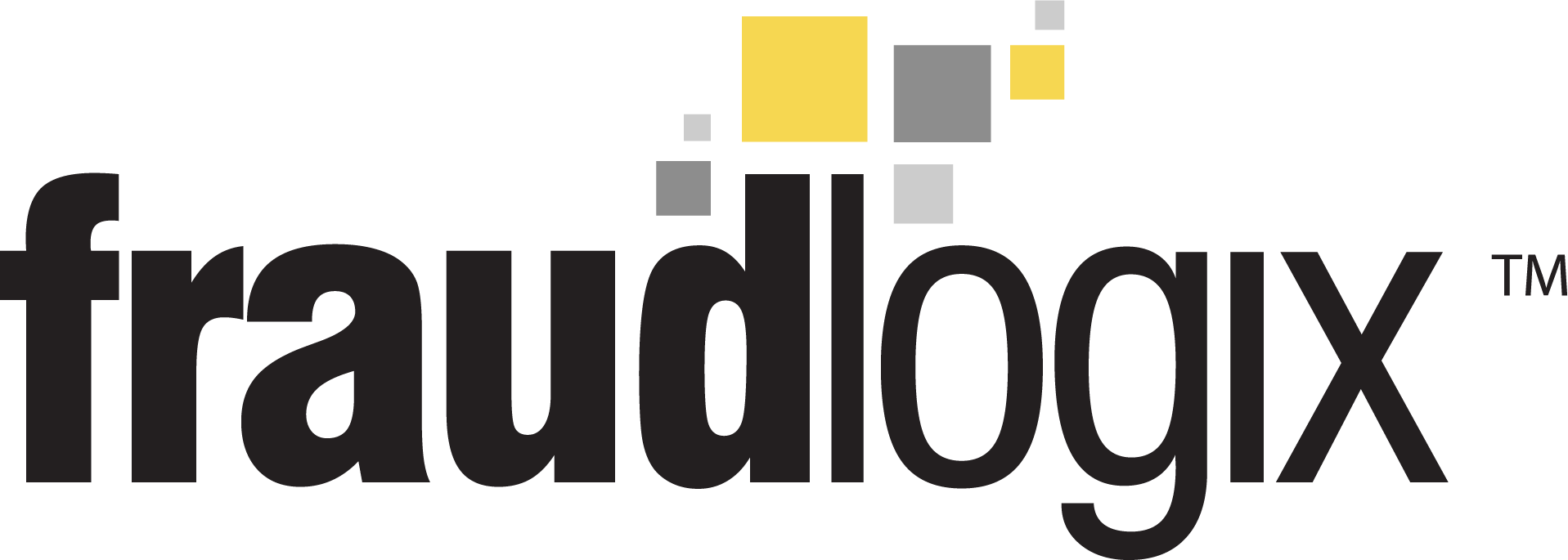Online advertising has become a crucial aspect of modern businesses, allowing companies to reach a vast audience and promote their products or services. However, with the rise of digital advertising comes the problem of ad fraud. Ad fraud is a deceptive tactic used by individuals who manipulate online advertising systems to generate fake ad impressions, clicks, or conversions. This results in wasted advertising budget and affects the credibility of online advertising.
How Does Ad Fraud Work?
Ad fraudsters use various techniques to deceive advertisers and users, including:
- Bot Traffic: The use of automated software programs to generate fake ad impressions, clicks, or conversions.
- Click Farms: The use of a large number of low-wage workers to manually generate fake ad clicks or conversions.
- Domain Spoofing: The practice of falsely claiming to represent a legitimate website, in order to trick advertisers into paying for ad impressions that are never actually seen by users.
- Ad Stacking: The stacking of multiple ads on top of each other, making it difficult for users to see the intended ad.
- Pixel Stuffing: The practice of hiding ads within the code of a website, causing them to go unnoticed by users but still counting as ad impressions.
The Impact of Ad Fraud
Ad fraud not only results in wasted advertising budget but also affects the credibility of online advertising. Advertisers may lose trust in digital advertising as a result of ad fraud, leading to decreased investment and a decrease in the overall effectiveness of online advertising. Additionally, ad fraud can also harm the user experience by exposing them to irrelevant or misleading ads.
Protecting Your Business from Ad Fraud
There are several steps that businesses can take to protect themselves from ad fraud, including:
- Partner with reputable ad networks and platforms that have strong fraud detection systems in place.
- Regularly monitor your ad campaigns to detect and prevent fraudulent activities.
- Utilize third-party ad fraud detection tools to identify and eliminate fraudulent traffic.
- Implement strict quality control measures, such as using ad viewability standards, to ensure that your ads are seen by real users.
- Educate your team on ad fraud and how to recognize and prevent it.
Ad fraud is a complex issue that requires a comprehensive solution. While businesses can take steps to protect themselves, the responsibility for combating ad fraud also lies with the advertising industry as a whole. By working together to implement strong fraud detection systems, establish transparent ad tracking and reporting processes, and continuously educate both advertisers and consumers, the industry can create a healthier and more trustworthy digital advertising ecosystem for everyone.



